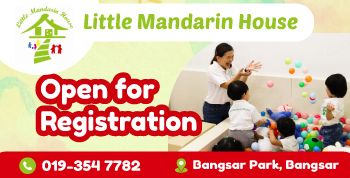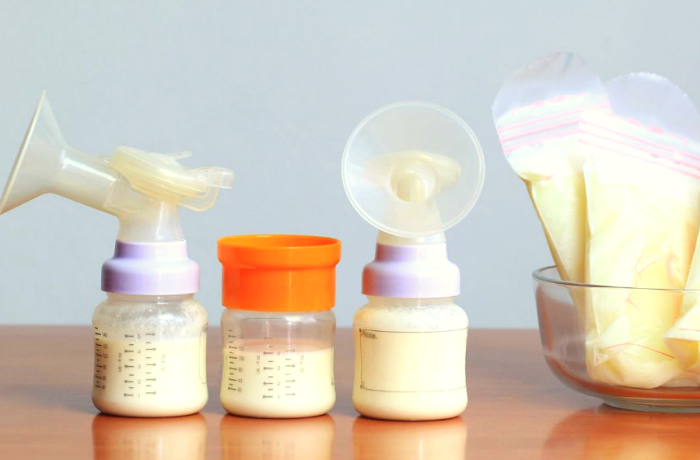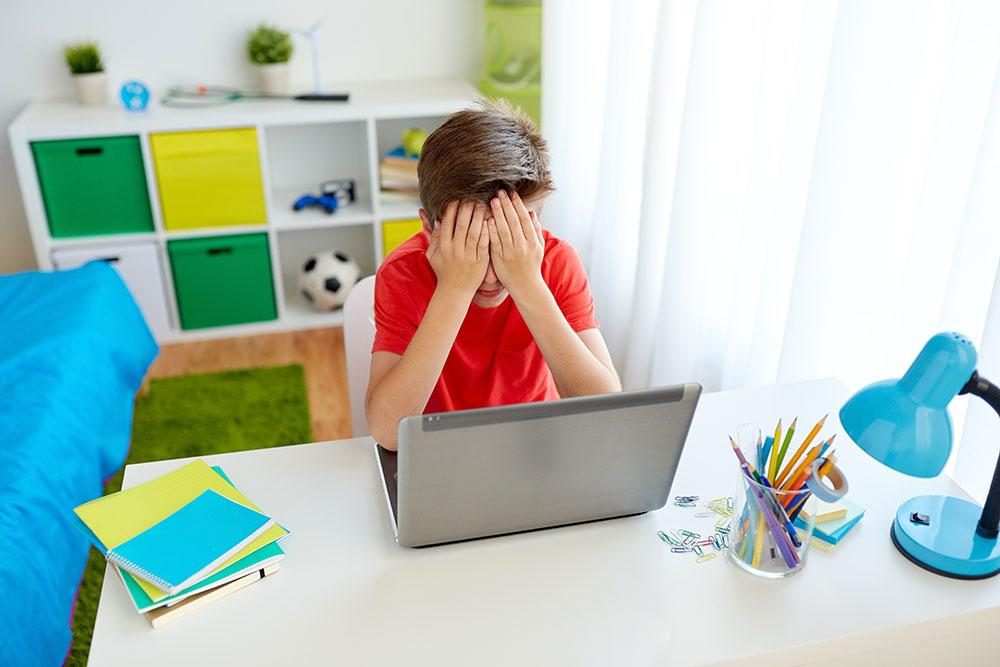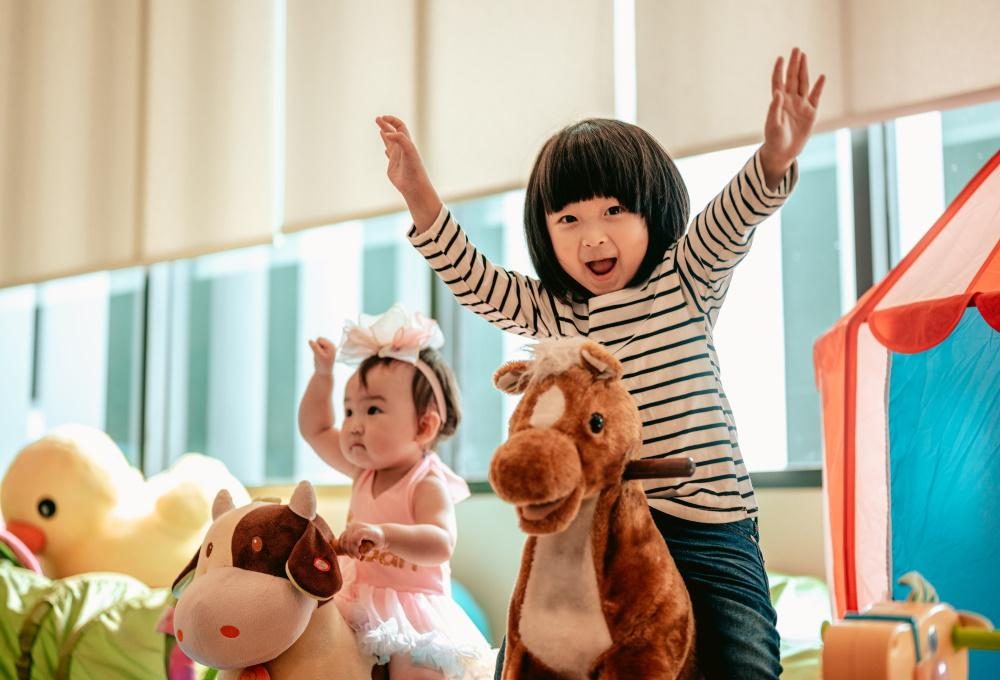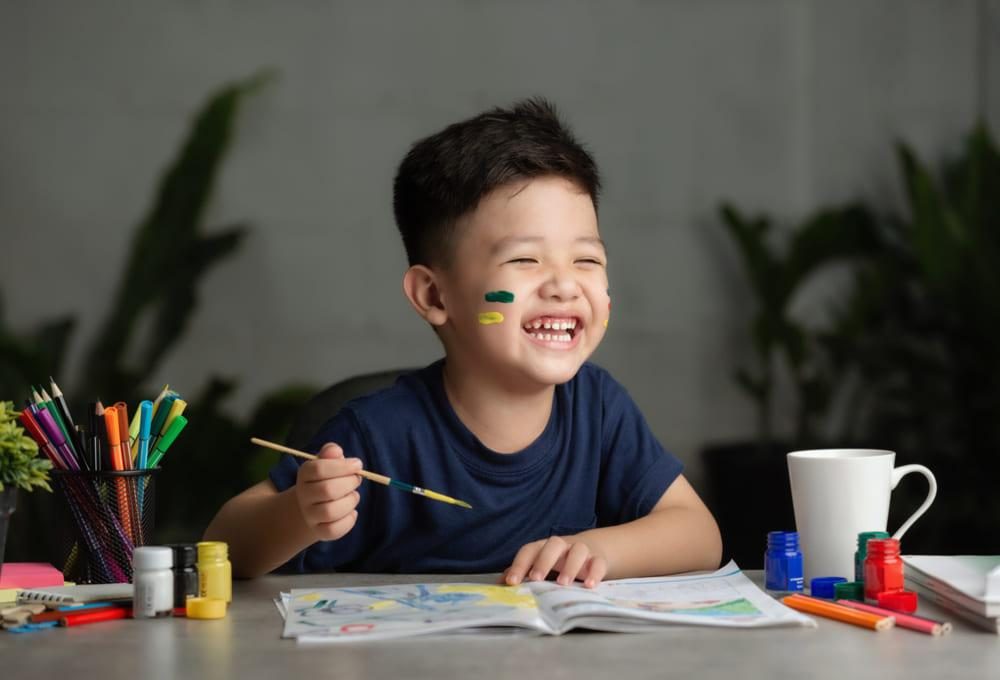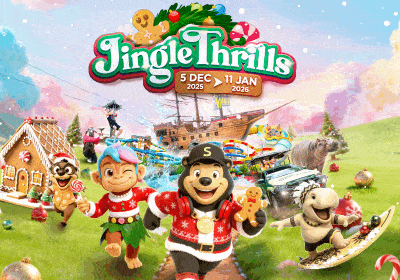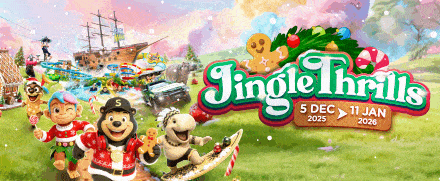Creative Ways to Make Math Fun for Kids
by on 02/08/2025 ...
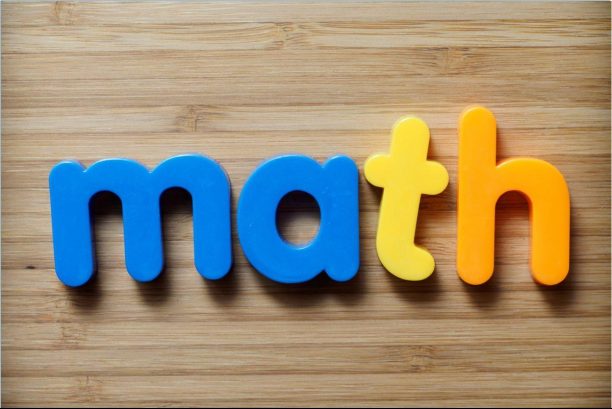
It can be challenging for parents when it comes to teaching their children math. While some kids naturally gravitate to this subject, most usually find it difficult as math requires a lot of focus and brain power to master. In fact, there’s a 2012 study done by the University of Chicago and Western University which revealed that for some people, doing math is similar to experiencing physical pain.
This said however, it is important for kids to be competent in math considering it is a necessary skill in everyday life. It’s also better to start them off on math when they are very young – research shows that early math training can help kids become more adept at problem solving and improve their reading skills. For those who learn math early in life, they also tend to perform better academically when they are older.
To help kids develop an interest and proficiency in math while they are in preschool, teachers and parents can teach basic math concepts through play and using toys or other materials that appeal to young children. This will make math more enjoyable and help them associate math as a fun, pleasurable and interesting subject. Here are a few effective tools and ideas to use:
TOYS: LEGO SETS
Make learning math fun by using LEGO blocks. These tiny bricks can be used to teach different math concepts, for example, addition and fractions. They also work really well as a teaching aid for preschool kids.
- Counting: Teach your child to count using LEGO blocks. You can set aside a pile of LEGO blocks and have him count the bricks in that pile. You can also get him to count the number of dots on each block. To make things more interesting, have your child build up a few towers and ask her to count the number of bricks she has used to make those different towers. How many bricks does it take to make the tallest tower and how many did she use to make the smallest one?
- Addition and subtraction: Use multiple LEGO bricks together to add and subtract numbers. Put two blocks together and have your child add or minus the total number of dots on the blocks.
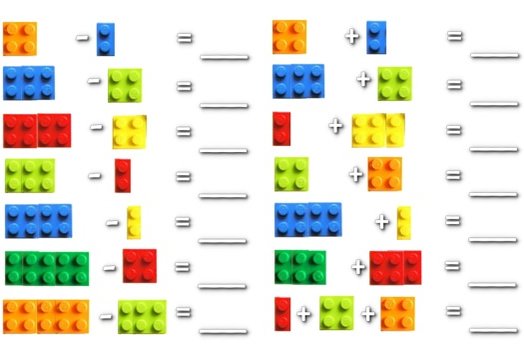 |
|
Credit: Six Kents [https://thesixkents.wordpress.com/2009/03/23/lego-math-worksheets] |
- Wholes and parts: You can teach your child fractions by using different LEGO bricks. Start with the single 8-dot brick to represent one whole. Then differentiate between the various sizes of bricks: halves, quarters and three-quarters.
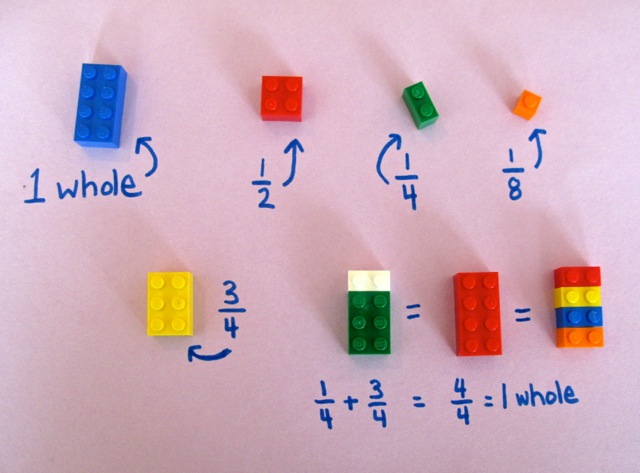 |
| Credits: Scholastic [http://www.scholastic.com/teachers/top-teaching/2013/12/using-lego-build-math-concepts] |
For more ideas using LEGO to teach math, this post has a pretty comprehensive list of LEGO math ideas: http://encouragingmomsathome.com/fantastic-lego-math-learning-activities-ages/
STORY BOOKS AND SONGS WITH MATH THEMES
There are many good children’s books and nursery rhymes that incorporate math vocabulary in their stories. As children love bedtime stories and singing along catchy songs, these are the best materials to teach them different numbers, measurements and so on. For instance, in the book Mrs. McTats and her Houseful of Cats by A. Capucilli, the heroine brings different numbers of cats into her home at different times until she has 25 of them. This can help kids with counting and adding numbers. If your child loves music, using songs like Ten Little Fingers, The Animals Came in Two by Two and Three Little Indians also work very well to help them remember different math concepts.
Check out these other books and songs with numerical and mathematical themes in them:
Books: http://www.whatdowedoallday.com/2015/02/math-picture-books.html
Songs: http://bussongs.com/counting-songs.php?all=1
EVERYDAY OBJECTS
Whether you are indoors or outdoors, there are math possibilities everywhere. Teach your child math as you teach her about the world around her. Help her understand how to apply math in daily life. This is a good way to show her that math is important and can be used to make tasks easier. Here are some ideas:
- Bring your preschooler to the park and turn it into a fun math session by observing nature: show your child the symmetry in leaves; have him count the number, sizes, and kinds of trees or determine the number of blue flowers he sees. You can also get him to count the number of steps he has taken from one park bench to the next.
- At the supermarket, teach your child to add and subtract using money. For example, you can get her to help you pay for a bag of apples. If a single apple is RM1.00, ask your child how much would three apples be? You can also teach her about getting the right change or identifying the value in different notes and coins.
- While giving your child a bath, you can use containers, cups and plastic bottles in the bathtub to teach her about the different volumes of water. For example, you can have your child scoop water into the container using the cup until the container is full. While she’s filling the container up, ask her to count the cups of water.
- Have fun baking with your child in the kitchen. This is also the best time to teach him different measurements as well as fractions and whole using baking tools and ingredients. For example, you can have him help you with measuring ingredients and show him the difference between measuring liquid (litres) and dry products like flour (grams).You can also show him that a whole cake can be cut into different fractions – half, quarters and so on.
There are also computer games and apps that you can download onto your computer to help your child with math. While digital learning is helpful, off-screen games and materials are more effective in helping very young children remember math concept better as these materials engage them in a more wholesome manner. Additionally, as physical toys and games also require your participation, children also enjoy the benefit of social interaction while learning math through play.















